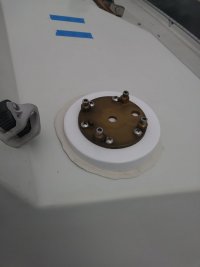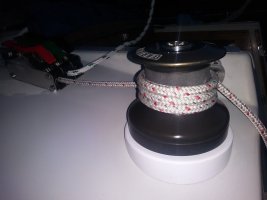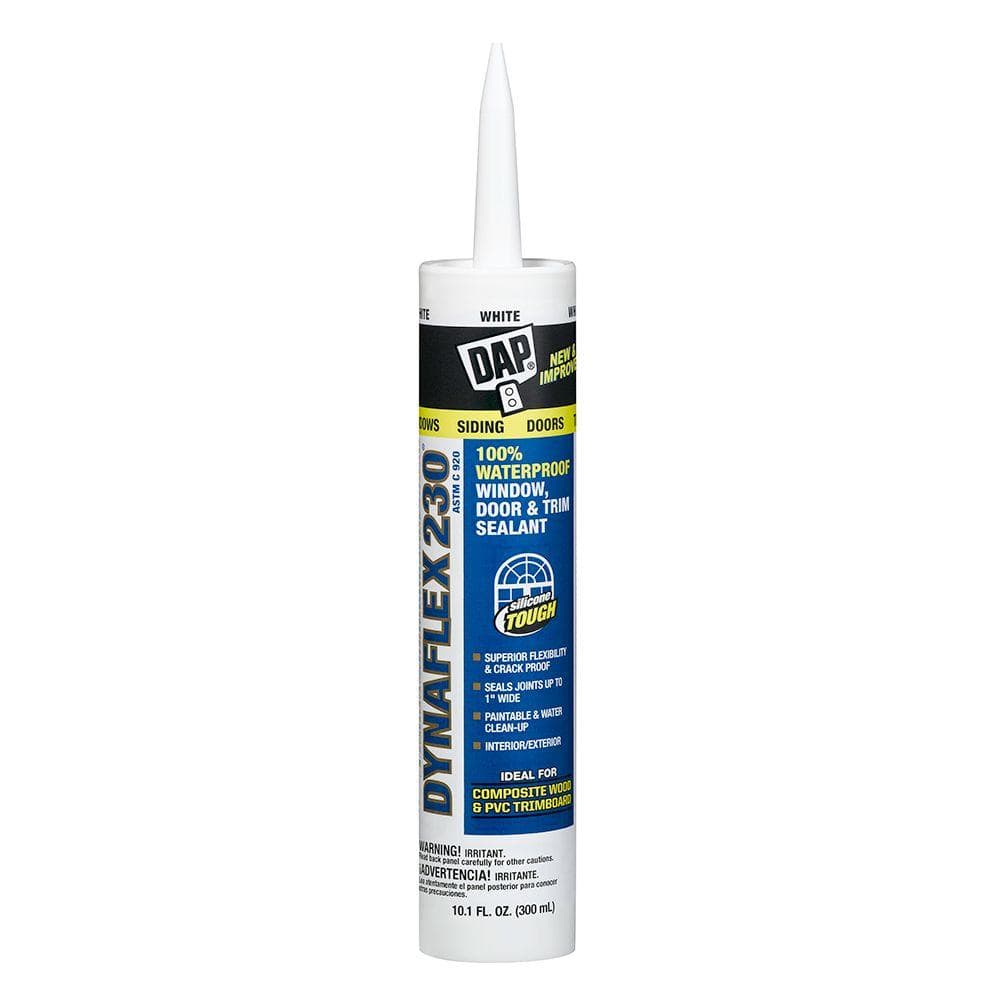peaman
Sustaining Member
Today, I removed a deck hatch for the first time. I have read plenty about hatches that were hard to seal, or were impossible to remove for re-bedding, and as a result, I was dreading the need to re-bed a hatch.
But today, I decided to remove the forward hatch on my 1987 32-3 which was leaking in two spots. The removal was spectacularly easy, and the clean-up went pretty smoothly. It was way easier than I had imagined, and I like that. There were no traces of any prior re-bedding efforts, so maybe this was the first time since 1987 that the hatch had been removed?
Given the ease with which the hatch was removed and prepped for re-bedding, I would happily do the same every five years rather than to delay re-bedding only to have to use hammer and chisel or a halyard and purchase to pull a now-bent hatch frame, or to endlessly scrape at old rubber compounds.
So my question is, what's the best choice for bedding for a balance between good performance and ease of replacement? I've read here about some of the great qualities of butyl tape, but later removal apparently can be really tough. I'd like for the next removal for re-bedding to go as smoothly as the first.
But today, I decided to remove the forward hatch on my 1987 32-3 which was leaking in two spots. The removal was spectacularly easy, and the clean-up went pretty smoothly. It was way easier than I had imagined, and I like that. There were no traces of any prior re-bedding efforts, so maybe this was the first time since 1987 that the hatch had been removed?
Given the ease with which the hatch was removed and prepped for re-bedding, I would happily do the same every five years rather than to delay re-bedding only to have to use hammer and chisel or a halyard and purchase to pull a now-bent hatch frame, or to endlessly scrape at old rubber compounds.
So my question is, what's the best choice for bedding for a balance between good performance and ease of replacement? I've read here about some of the great qualities of butyl tape, but later removal apparently can be really tough. I'd like for the next removal for re-bedding to go as smoothly as the first.



